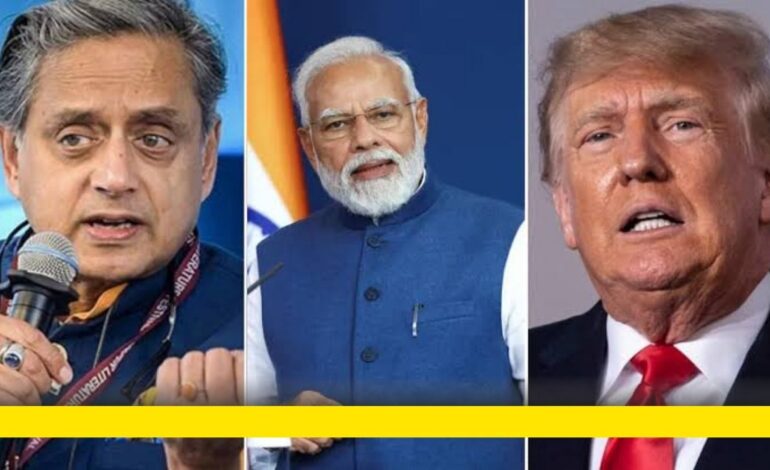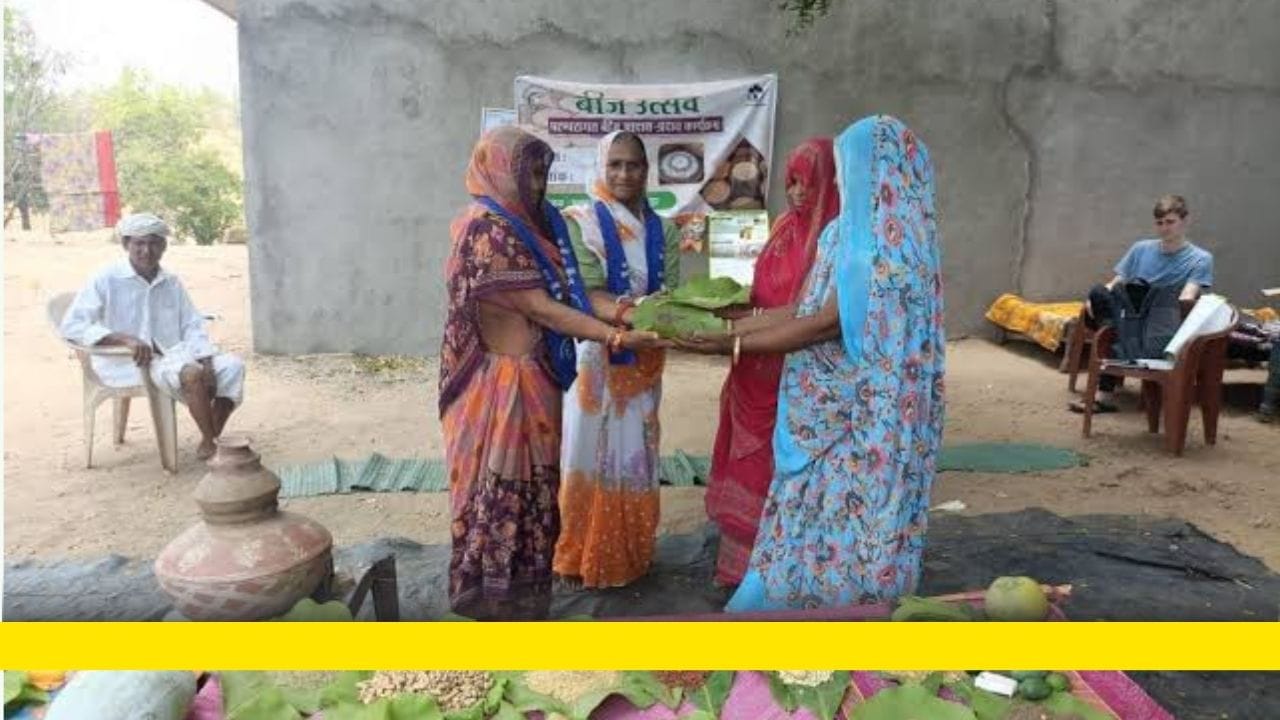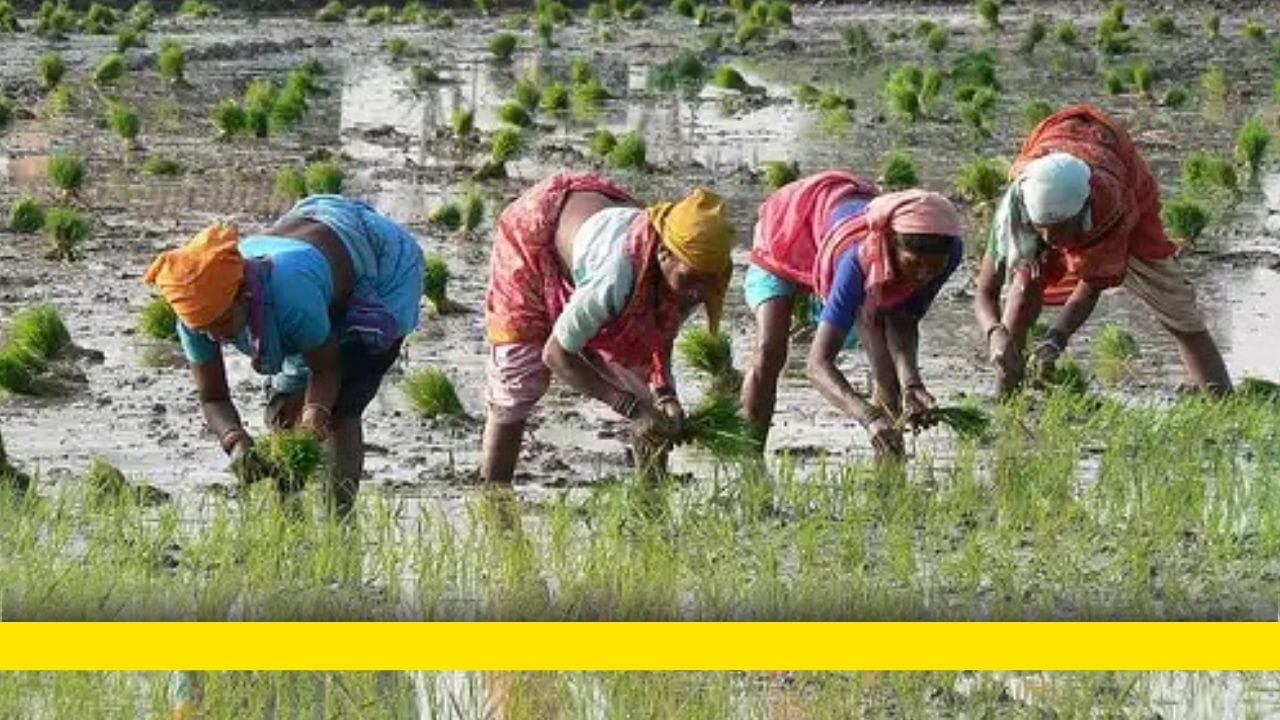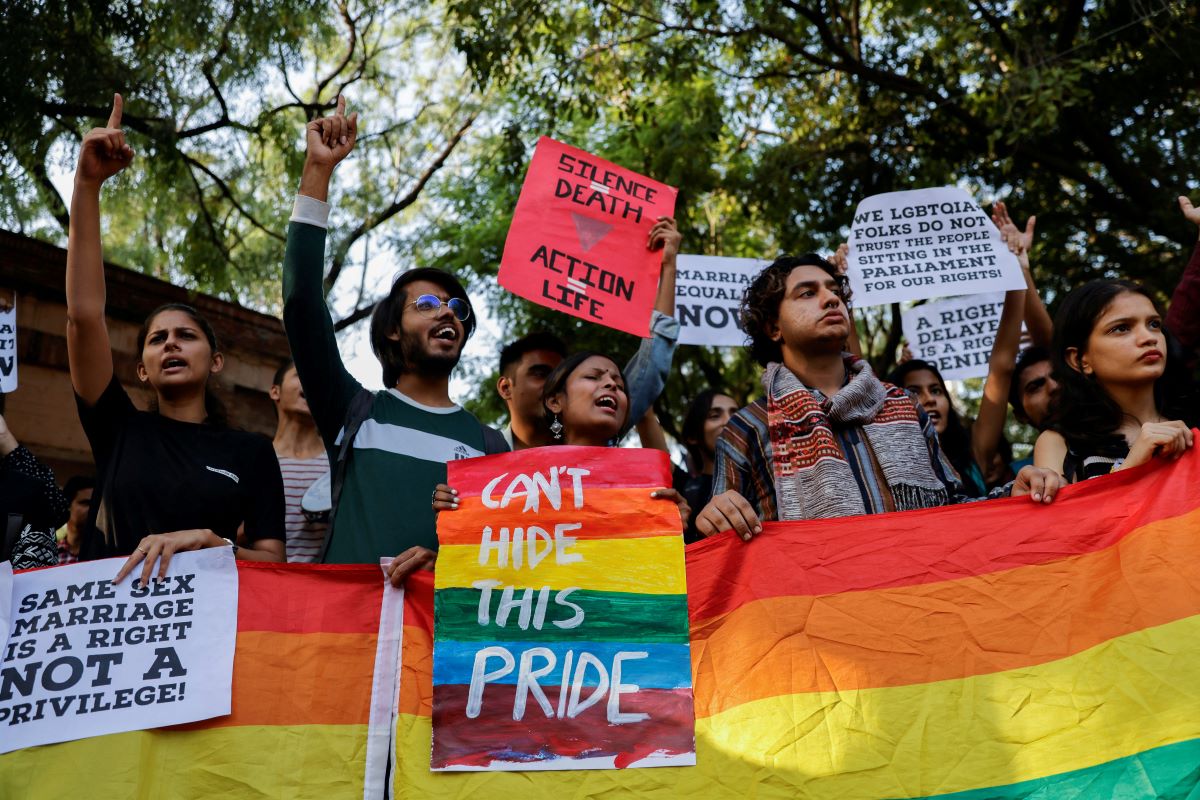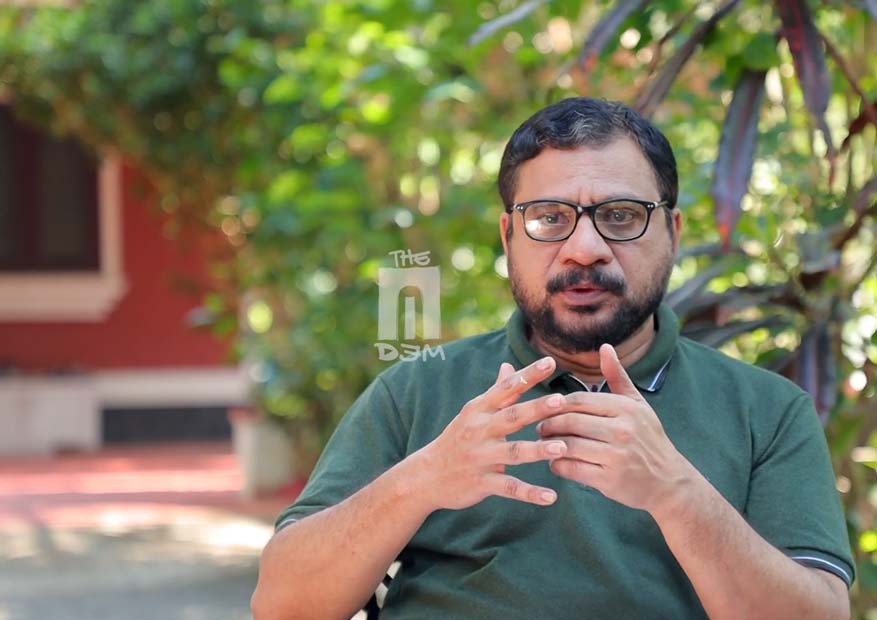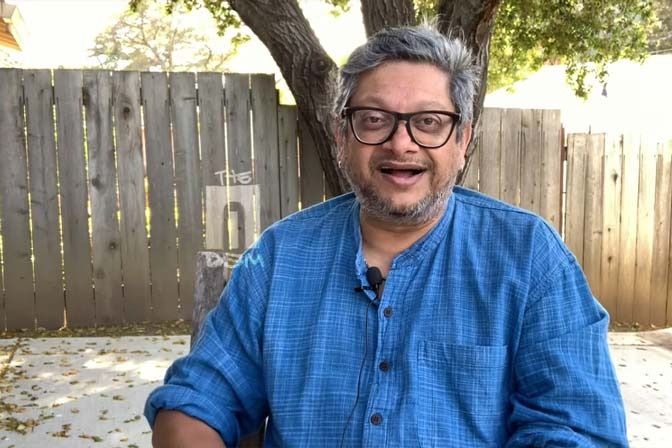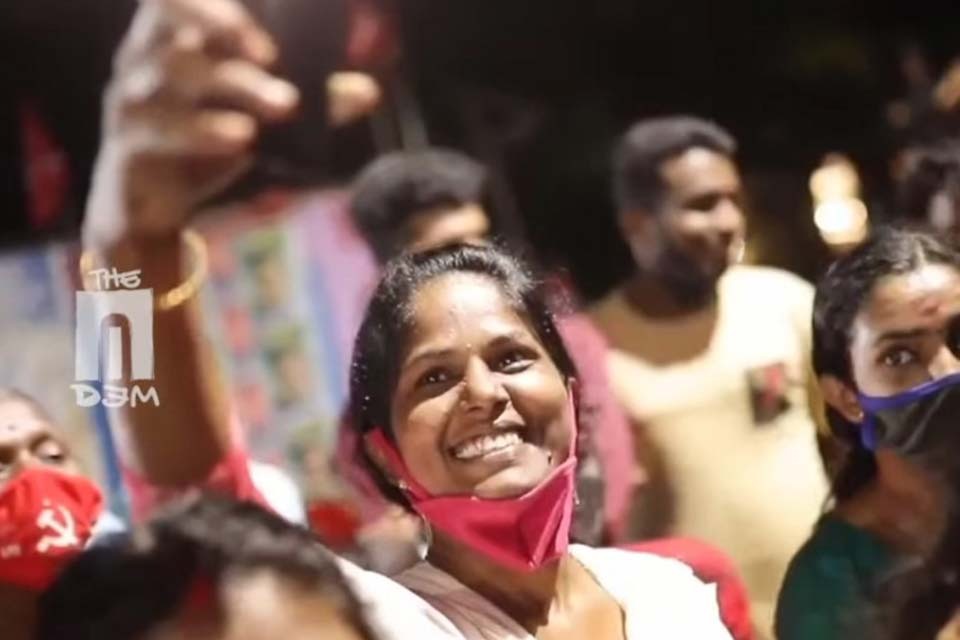Beyond War: The Healing Wisdom of Trade and Tradition
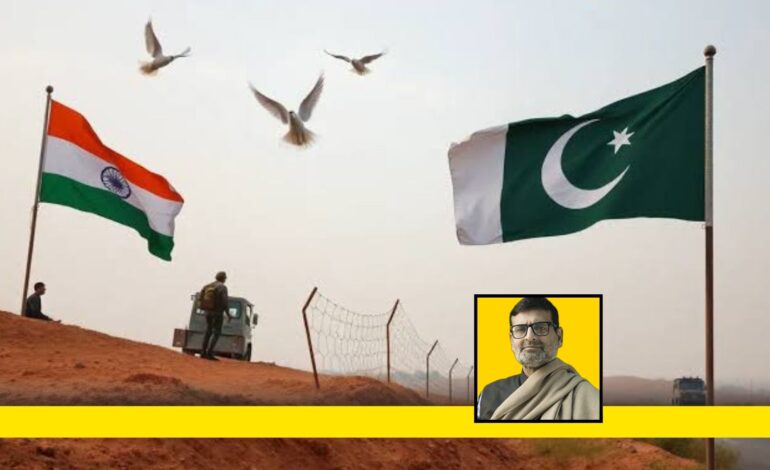
Beneath the bloodied borders of South Asia flows a quieter, older story—of rivers that refuse to recognize partitions, of traders who once bartered silk instead of spite, and of saints who preached peace under starlit skies.
This is not just folklore; it is a forgotten roadmap. As leaders beat war drums and generals breathe fire, the region stands at a crossroads. What if, instead of sabers, we exchanged stories? What if commerce replaced conflict? This article unearths buried wisdom to ask a vital question: Can the ghosts of our shared past illuminate a more humane, prosperous, and united future?
Nalin Verma’s column in ‘Everything Under The Sun continues’. This is the 12th article in the column.
In the bustling markets of old Punjab, where the River Ravi whispered songs of harmony, two merchants—one from Lahore and the other from Amritsar—waged a bitter trade war over silk. They sabotaged each other’s interests, and their prolonged rivalry left both their stalls empty and their families starving. One evening, a Sufi saint, observing their plight, invited them to a simple feast by the Ravi under the dazzling stars. “Two birds fought on the same branch,” the saint said, “and both fell into a hunter’s net.” Chastened, the merchants buried their hatchets, and soon their stalls brimmed with prosperity.
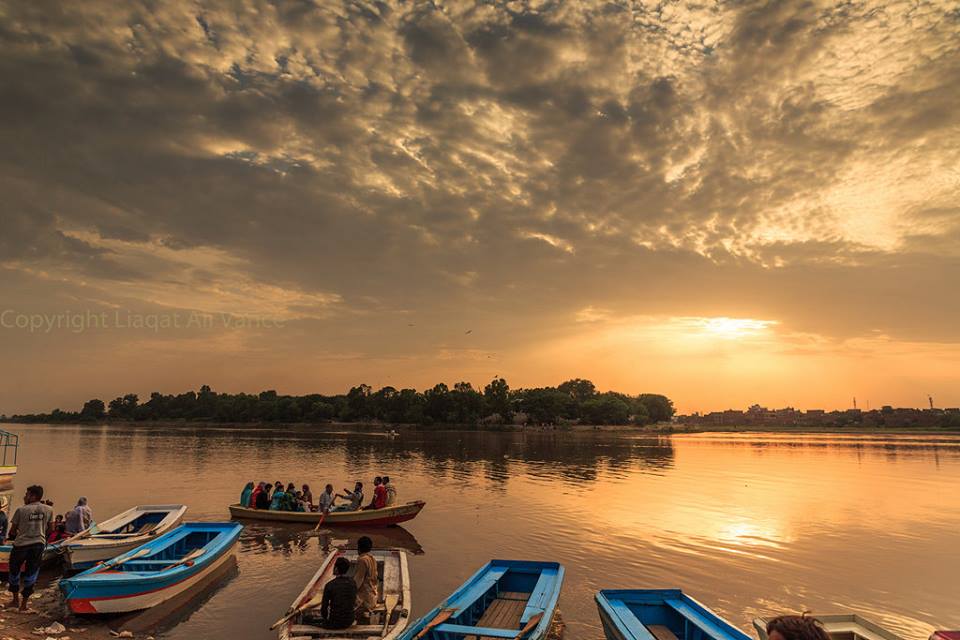
Set aside the megalomaniac antics of U.S. President Donald Trump. Forget your likes and dislikes for him, just for a moment. If he could prioritize trade over war in the context of the India–Pakistan conflict, can’t we introspect using the tools of our own folklore and sages—those who prioritized commerce, human values, and harmonious exchanges over hostility? Is it so hard to recognize that the producers and sellers of weapons of mass destruction—supplying arms to both India and Pakistan—might well be the modern-day reincarnation of the cruel hunter in the folktale?
Peace has eluded this region ever since Cyril Radcliffe redrew South Asia’s geography, carving Pakistan out of India. For centuries before Partition, the people of this land shared food, taste, languages, music, folklore, values, culture, grief, and joys. Yet, in over 77 years of separate existence, their rivalry has taken an immense toll—countless innocent lives lost and untold wealth squandered. The two nations have fought three major wars and countless skirmishes, including recent confrontations like ‘Operation Sindoor’ and ‘Operation Buniyadun Marsoos’ in the aftermath of last month’s massacre of 26 tourists at Pahalgam.
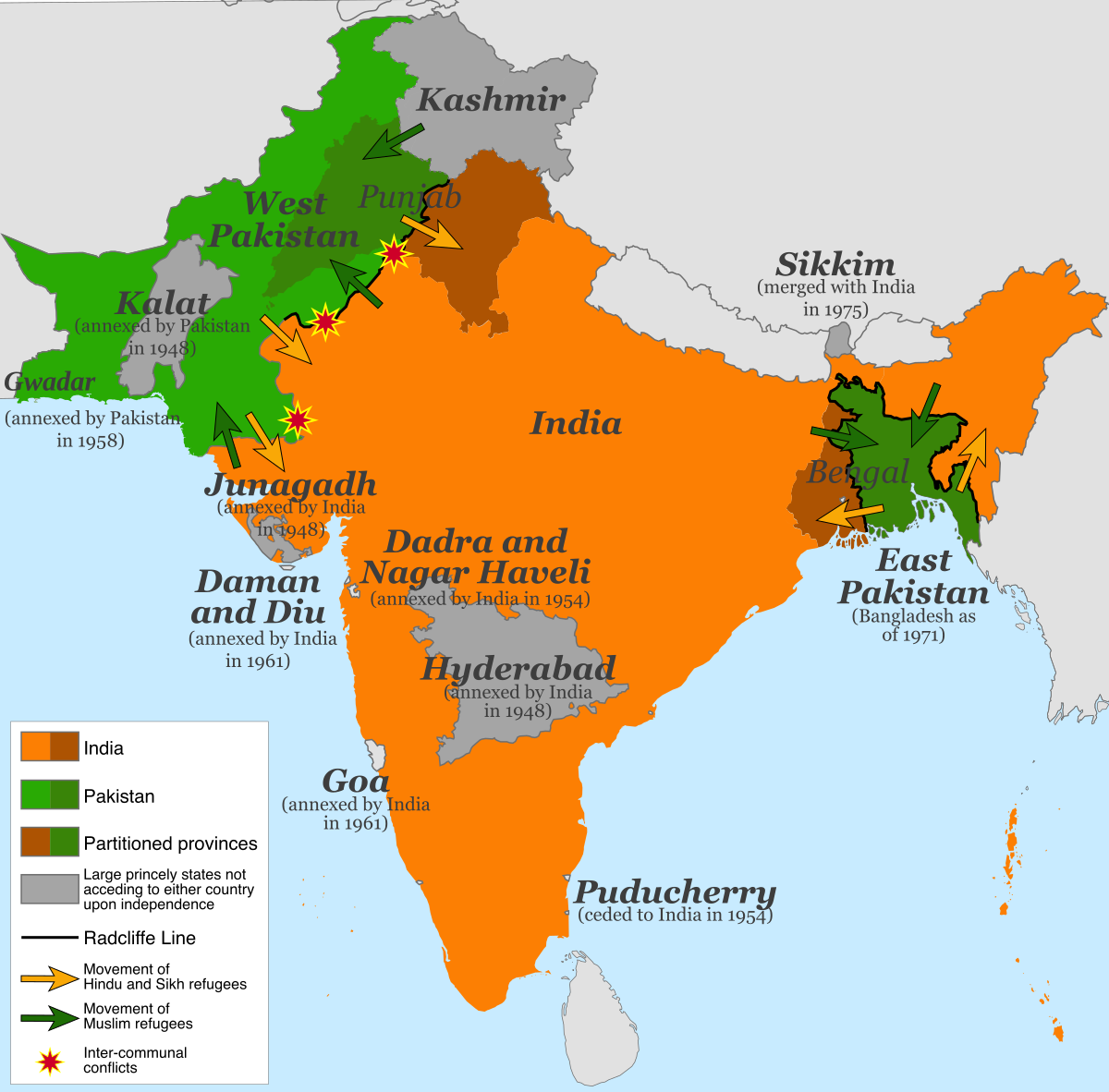
Occasionally, brief spells of reconciliation have reminded both countries of their deep-rooted connections—like the Kartarpur Corridor that allows Sikh pilgrims from India to visit Gurdwara Darbar Sahib in Pakistan, fostering spiritual unity. Or Atal Bihari Vajpayee’s 1999 bus journey to Lahore, which symbolized hopes of peace and was warmly received. SAARC summits opened dialogues; cricket matches, like the 2011 World Cup semifinal, united fans in shared excitement. Pakistani musicians like Nusrat Fateh Ali Khan and Indian artists like A.R Rahman performing across borders delighted audiences. Bilateral trade in textiles and other goods created pockets of economic goodwill.

These fleeting moments, though rare, brought joy and hope to people on both sides.
The Jingoists:
On April 16, 2025, Pakistan Army Chief General Asim Munir, speaking at the Overseas Pakistanis Convention in Islamabad, reaffirmed the two-nation theory. He claimed that Muslims and Hindus differ fundamentally in religion, customs, traditions, thoughts, and ambitions—differences that, according to him, justified Pakistan’s creation. He urged parents to pass this narrative on to their children to preserve Pakistan’s national identity, and he called Kashmir Pakistan’s “jugular vein,” vowing support for its “struggle against Indian occupation.” While no direct evidence links his remarks to the April 22 terror attack in Pahalgam, his rhetoric was undeniably inflammatory, jingoistic, and far removed from truth. It deepened the divisions and hostility between the two nations.
Meanwhile, Indian jingoists responded with equally toxic rhetoric—talking about erasing Pakistan from the world map, ridiculing Trump for prioritizing trade over ‘sindoor’ (a symbol of Hindu womanhood), and pushing the convoluted theory that “blood and water cannot flow together.” But is it not absurd to ignore that the Jhelum, Chenab, Ravi, Beas, and Sutlej—rivers flowing through the greater Punjab, now divided between India and Pakistan—have nourished both people and ecosystems since time immemorial? Can there be blood without water?
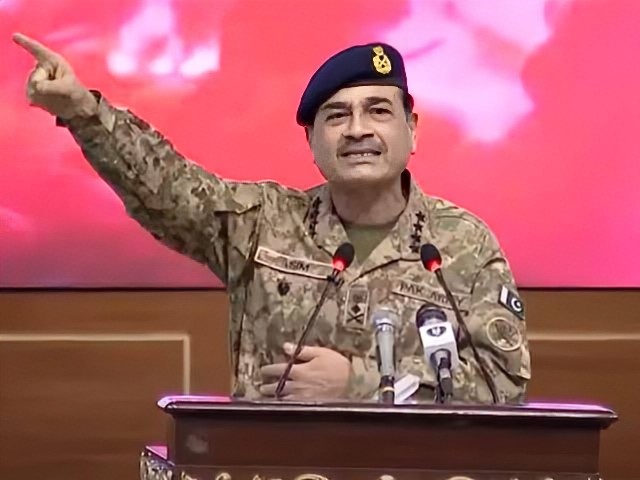
With due love and respect to the supporters of Mohammad Ali Jinnah and Vinayak Damodar Savarkar—who shared the belief that Hindus and Muslims were “separate nations”—let this writer humbly submit: that belief was unscientific and inhuman to the core. From Charles Darwin to Yuval Noah Harari, researchers in anthropology, biology, chemistry, philosophy, and history have proved beyond doubt that all homo sapiens share a common origin and ancestry. Even the verses of literary giants like Rabindranath Tagore and Mirza Ghalib echo this fundamental unity.
Power of Trade and Exchange
The ancestors of Hakim Abdul Hamid (1908–1999), founder of Jamia Hamdard University, came from Kashgar (now Kashi, in Xinjiang, China) during the reign of the Mughal emperor Shah Alam. They were traders in herbal medicine, deeply rooted in healing and philanthropy. The Hamdard line of medicines, syrups, and sharbat continues to nourish bodies and souls across India and Pakistan. Their legacy is a powerful testament to the fact that the exchange of medicinal knowledge, healing practices, and compassion has far greater potential to foster peace than the indulgence in warmongering or arms races.
“Love, mutual respect, secularism, and human values constitute the core of our education system. We remain committed to these principles while advancing education and healthcare,” says Prof. (Dr.) Mohammad Afshar Alam, a distinguished computer scientist and vice-chancellor of Jamia Hamdard. Under his leadership, the university has flourished into a centre of excellence, staying rooted in the humanistic and philanthropic spirit of its founders.
Yet, not everyone shares this spirit. A jingoist, posing as a sadhu—Ramdev—attempted to stir communal discord by targeting Hamdard products. His efforts, however, were firmly rejected by both the judiciary and the public at large.

The mention of Jamia Hamdard in this discourse is not incidental. It serves as a reminder that modern-day China—now seemingly playing the role of a “villain of peace” in the India-Pakistan context—once nurtured philosophers, travelers, and healers who built bridges across Asia. China would do well to draw inspiration from figures like Fa-Hien, Xuanzang (Huien Tsang), and the ancestors of Hakim Abdul Hamid, who enriched the life, culture, and philosophy of South and East Asia. Their path of trade, intellectual exchange, and human bonding offers a far better legacy than the pursuit of perilous conflicts and divisions.
Opportunities Galore
Whether or not U.S. President Donald Trump played a role in mediating the ceasefire between India and Pakistan is beside the point. What matters is that a ceasefire has occurred. It presents both nations with an opportunity to introspect and carve out a future rooted in peace, prosperity, and the well-being of their citizens.
It also offers the people on both sides of the border a moment to reflect critically on how their ruling elites function. For instance, in India, attention must not be diverted from the intelligence failure that allowed the tragic massacre of 26 innocent people at Pahalgam. The public must demand accountability. The secular and humane values displayed by ordinary Indians during the crisis should be further strengthened to resist any attempt by political actors to exploit religion as a divisive tool.

Likewise, the people of Pakistan must unequivocally reject militant groups like Jaish-e-Mohammad and Lashkar-e-Taiba—organizations that misuse the language of jihad and employ terror as a weapon against innocents across the Line of Control. Militancy and humanity can never coexist.
“O noble people,
It’s better if war is averted.
In your courtyard and ours,
It’s better if the lamp keeps burning.”
— Sahir Ludhianvi
It is time to sing Sahir’s words on both sides of the divide—and more importantly, to live by them.
In the historic Battle of Hydaspes (326 BCE), fought along the Jhelum River in what is now Pakistan, Raja Porus’s elephants roared against the spears of Alexander the Great. Though Alexander defeated Porus, he was so moved by his opponent’s valor that he reinstated him as king. In return, Porus sent grain, medicine, and goods to Alexander’s retreating army, helping ensure their survival. An act of exchange transformed a moment of conquest into one of cooperation and dignity.
People of India and Pakistan: fall back on your shared legacy to end the hostility once and for all. Wars have never offered enduring solutions in human history.


